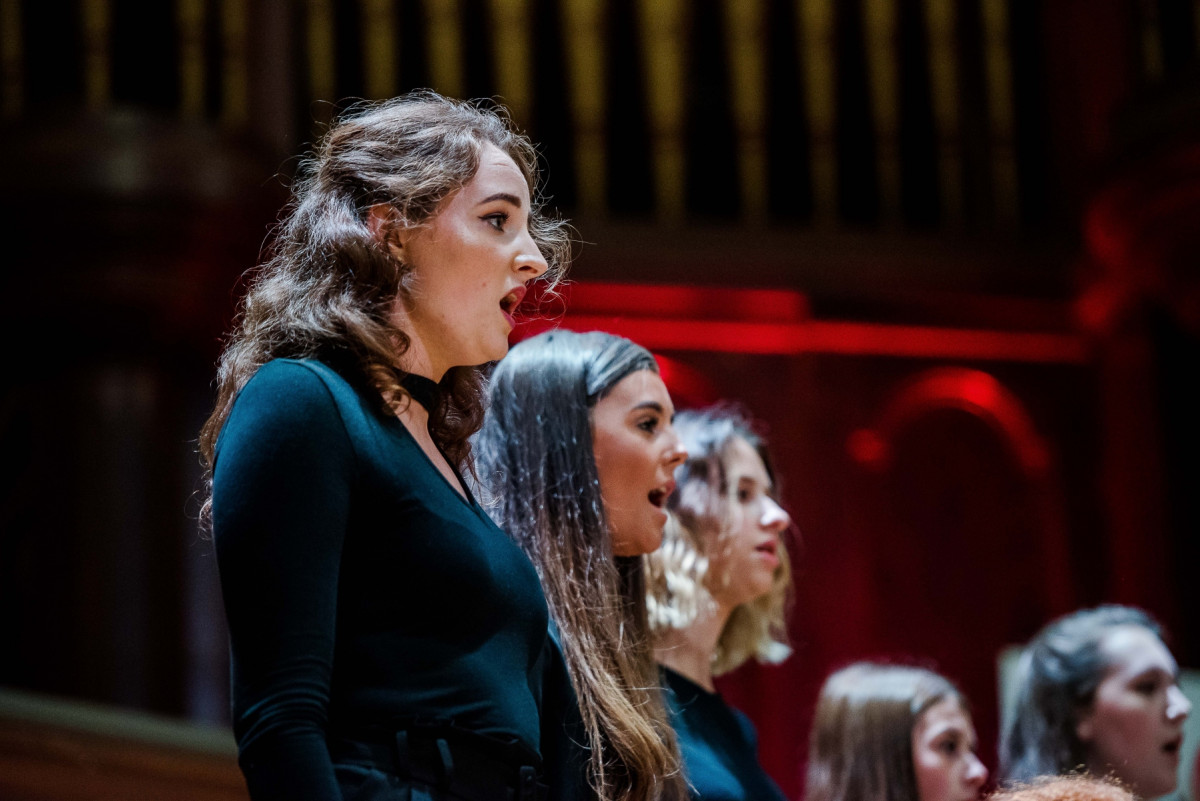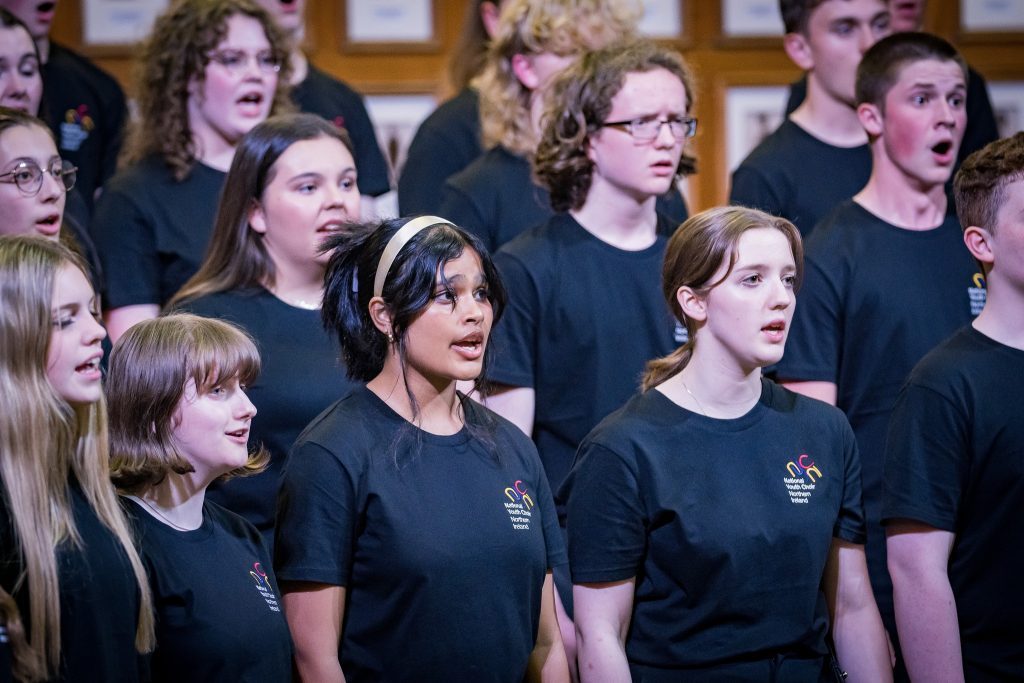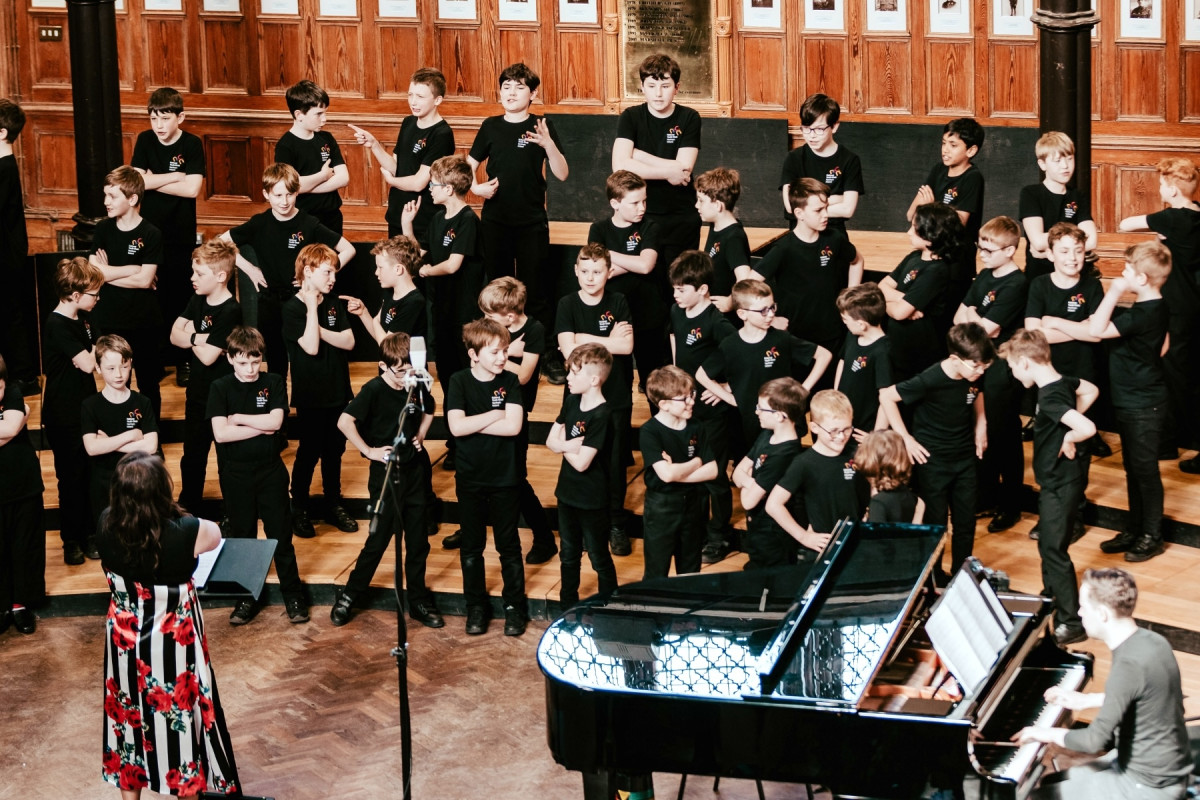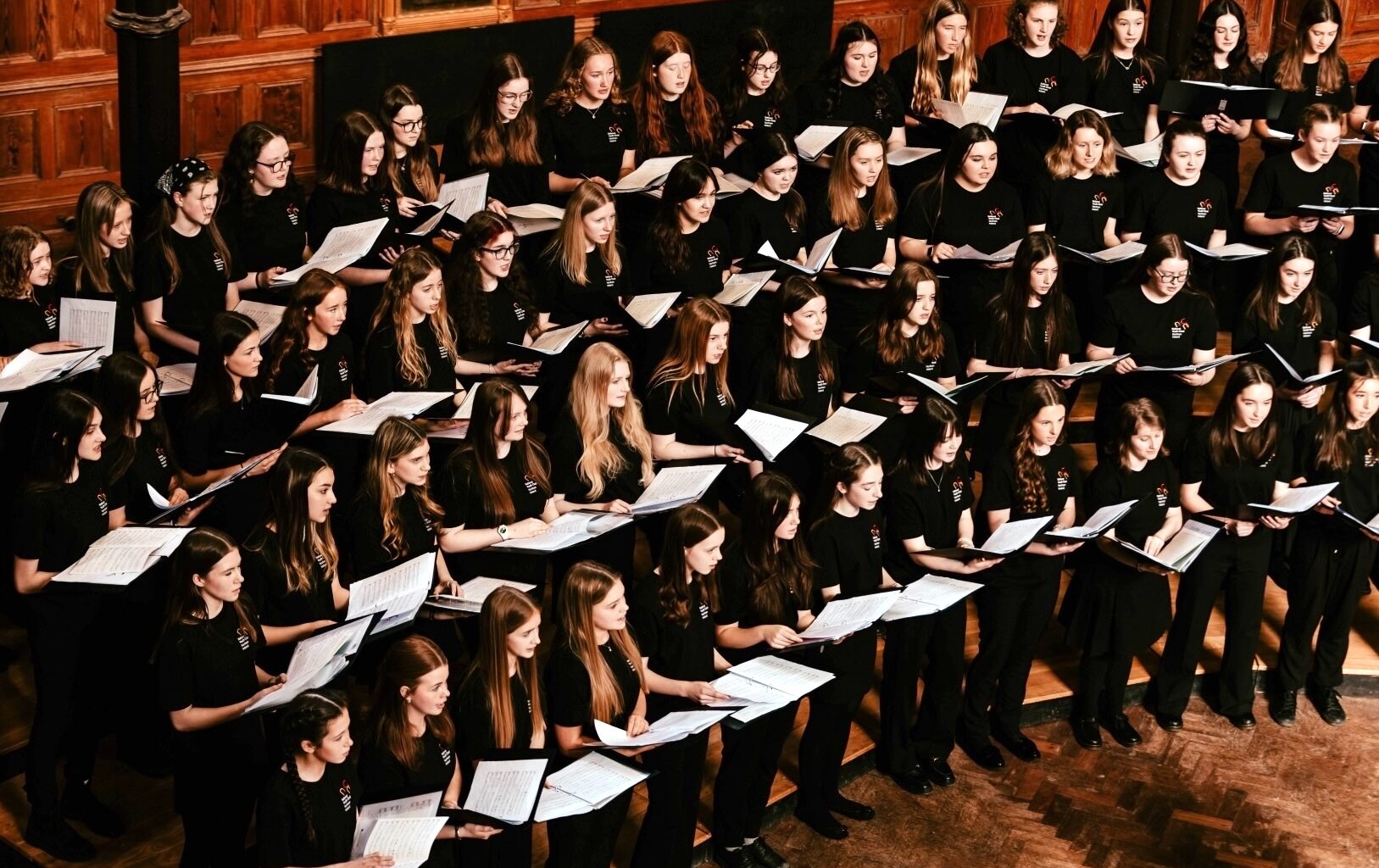The tolling bell that has been sounding the alarm for Northern Ireland’s arts sector is ringing ever louder with the announcement that the region’s National Youth Choir is to close after 26 years due to the withdrawal of its annual Arts Council funding.
The decision delivers to Northern Ireland the dubious distinction of now being the only one of the UK’s ‘national regions’ not to support a youth choir of its own.
It is the latest shock to the system of a long-beleaguered arts environment reeling from attritional funding cuts over two decades.
Over the past year alone four organisations have been forced to bring the shutters down. Adding to the gloom, a fifth fatality, Coleraine’s Riverside Theatre, closes its doors for the last time on 1 August, falling short of its 50th anniversary next year. The decision comes after its Ulster University owners, struggling to balance the books in the wake of a massive overspend on its expanded Belfast campus, withdrew their support.
The National Youth Choir of Northern Ireland, founded in 1999 as the Ulster Youth Choir by Christopher Bell and currently under the stewardship of Andrew Nunn, has been an exemplar of inclusivity and integration. Its current membership of 360 young people, ranging in age from eight to 24, over its five constituent choirs – Boys, Girls, Junior, Training, and Senior – are drawn from many of the region’s increasingly pluralist communities that the Arts Council is keen to champion and support. Seen in that light, the £60,797 awarded to the choir last year – 0.5% of the Arts Council’s total budget – seems like money well spent. Why wouldn’t you invest in it?

Photo: NYCNI
Statements
The exact reasons why its funding has been withdrawn are shrouded in assertions of confidentiality on the Arts Council’s behalf and denied consent for such disclosure from the choir itself.
As much as we do know can be gleaned from a statement released by the Arts Council to the Irish News claiming ‘the decision not to fund the NYCNI this year was unrelated to funding pressures and based on the ability of the organisation to meet the programme’s criteria’.
The choir’s board’s statement says even less: ‘We disagreed with the reasons given by the Arts Council for rejecting the application but those reasons are confidential’.
Why? Shouldn’t bodies dispensing public monies and those in receipt of it be accountable for and transparent about their dealings? An obligation of disclosure and openness on both would at least have quashed the swirling rumour mill.
It was the board’s decision, for example, to immediately shut up shop at the end of the choir’s annual summer workshop series. And that, according to the Arts Council, without appealing the withdrawal of funding or exploring other revenue streams provided by the Council. Again, why?
 Photo: NYCNI
Photo: NYCNI
Financial issues
A delve into the choir’s most recent accounts for 2024 by the conductor-blogger Cole Bendall may explain some aspects. It suggests financial issues in 2024 (an income of £189,557 and expenditure of £243,590), ‘a significant employee issue’ that required ‘additional expenditure in the form of salary costs and legal and professional fees’, and a reduction of the organisation’s reserves from £70,357 to £16,324.
On all matters there is silence from the choir’s board. Attempts to contact it went unanswered.
Equally concerning is the apparent failure to use Arts Council support as a calling card to enlist other substantial funders and sponsors. In 2024, despite £97,435 in chorister fees illustrating the popularity of the choir’s work (a £20k increase on the previous year), it had no other major government, council or commercial funding.
Such reliance on the Arts Council points to a difficult business model. But it also illustrates the profound structural defects of an arts funding landscape where the Arts Council is seen as the first, last and often only port of call for funding – expectations it simply doesn’t have the resources to meet. Dedicated arts budgets in cash-strapped local council authorities throughout the region (Belfast City Council a notable exception) are virtually non-existent.
Speaking to a Stormont scrutiny committee earlier this year, Arts Council Chief Executive Roisín McDonough pointed to a 137% increase in funding applications for a purse that miserly government investment and inflation has pared back to the bone. That may go some way to explaining the sleight-of-hand rob-Peter-to-pay-Paul number crunching of the recently announced Annual Funding Programme.
Just as disturbing is that charity support, courtesy of the National Lottery, now accounts for almost half – 41.7% – of the Arts Council’s Annual Programme Funding awards. When launched, then British Prime Minister, John Major, vouchsafed that Lottery funding would be ‘additional’ to, not a substitute for, state funding. That commitment was long ago abandoned.

Photo: NYCNI
Decline
But the sorry state of affairs reveals another unpalatable truth. Northern Ireland’s arts organisations now have less funding available to them than since the honeymoon glow following the signing of the Good Friday Agreement in 1998. Once there was a dedicated Department for Culture, Arts and Leisure in the Stormont hierarchy. Now those distinct concerns must compete in the lion’s den of the unwieldy catch-all Department for Communities with its unfeasibly broad responsibilities.
Arts Council expenditure amounts to a minuscule 0.15% of the Department’s almost £7 billion bounty.
The muted feel-good bluster of the ‘modest uplifts’ trumpeted in the past two years – a drop in the ocean £500,000 each time – fails to disguise, let alone rectify, a brute reality: a fall of 66% in public spending on the region’s arts since 2009–10.
That vertiginous figure, from the State of the Arts report produced last year by the UK pressure group, Campaign for the Arts, becomes even more alarming when compared to the other ‘national regions’. Over the same period, arts spend in Wales reduced by a quarter, in Scotland by 22% and in England by 18%.
The consequences of those ratios have been working their way through Northern Ireland’s arts sector to increasingly chilling effect. It takes time to grow a forest and no time at all to cut it down. The National Youth Choir may not be the last arts organisation on which the curtain falls. As things stand, Northern Ireland’s arts sector is balanced on its own ecological precipice.
–
Subscribe to our newsletter.
